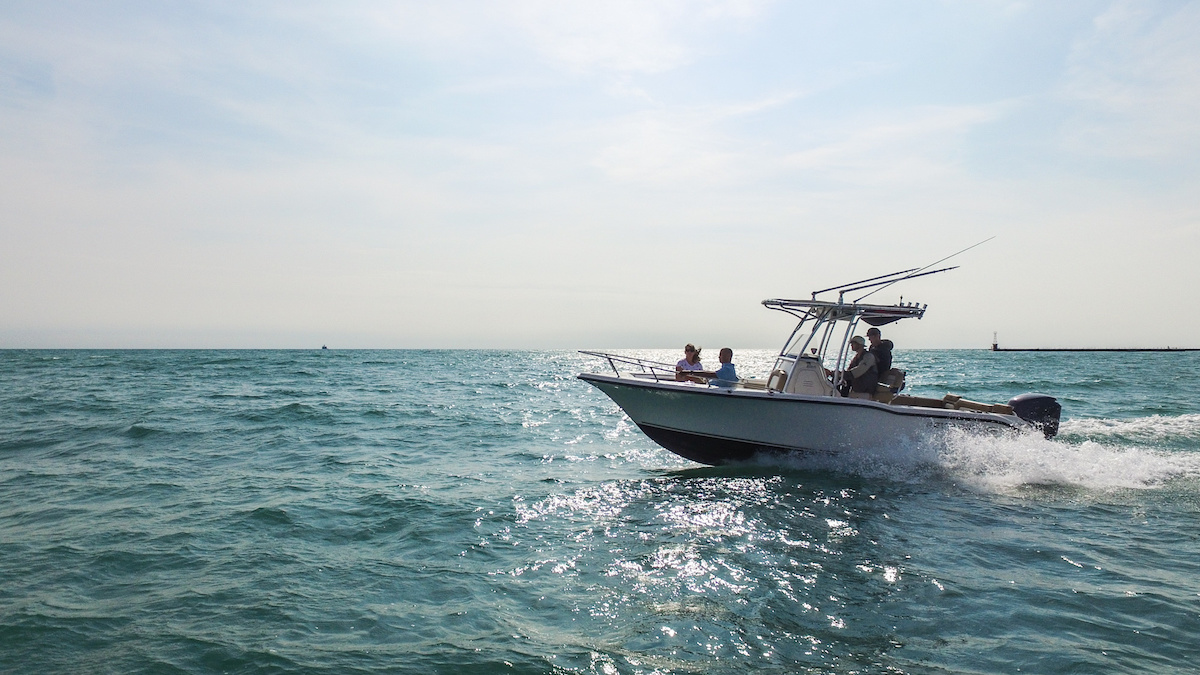1. Take the values in any price guide with a grain of salt, and don’t base your negotiations solely on these books.
2. Make sure that you remember to add in the values of engine and trailer on outboard boats (all books).
3. If you have an upgraded stern drive engine, be sure that you have found the correct listing (BUC) or added the extra value (NADA and ABOS).
4. Be sure to factor in the condition of your boat (all books).
5. Be sure to tally up all your optional equipment (NADA) or determine a total dollar value on the options (ABOS).
6. Make sure that you and the other party (dealer, insurance agent, surveyor) clearly understand how to use the price guide. For example, the NADA guide is based on boats used in fresh water, and suggests depreciating saltwater boats by 10-15 percent. The BUC book has a geographic adjustment, which can add or deduct 5-35 percent in value.
7. Do your own market research and find out the current prices of comparable boats in your area. A little comparison shopping can save you big bucks.
8. Be sure that you are checking the right year for your boat, i.e.: a 1994 model may have been sold in late 1993 and, even though it shows 1993 on your registration papers, you should use the 1994 model year for finding the value.
9. Take a small ruler to help you read across the rows of fine print, and be sure that you are in the right year and boat category when checking prices.
10. Negotiate a deal that is right for you. If you think too much reliance is being placed on a price guide value, walk away. In today’s market, missing out on a boat is like losing a watch in Switzerland - there’s always another. Whatever price you decide, you need to be happy about the deal.
Check out our guide for financing a boat.
by Chris Caswell

